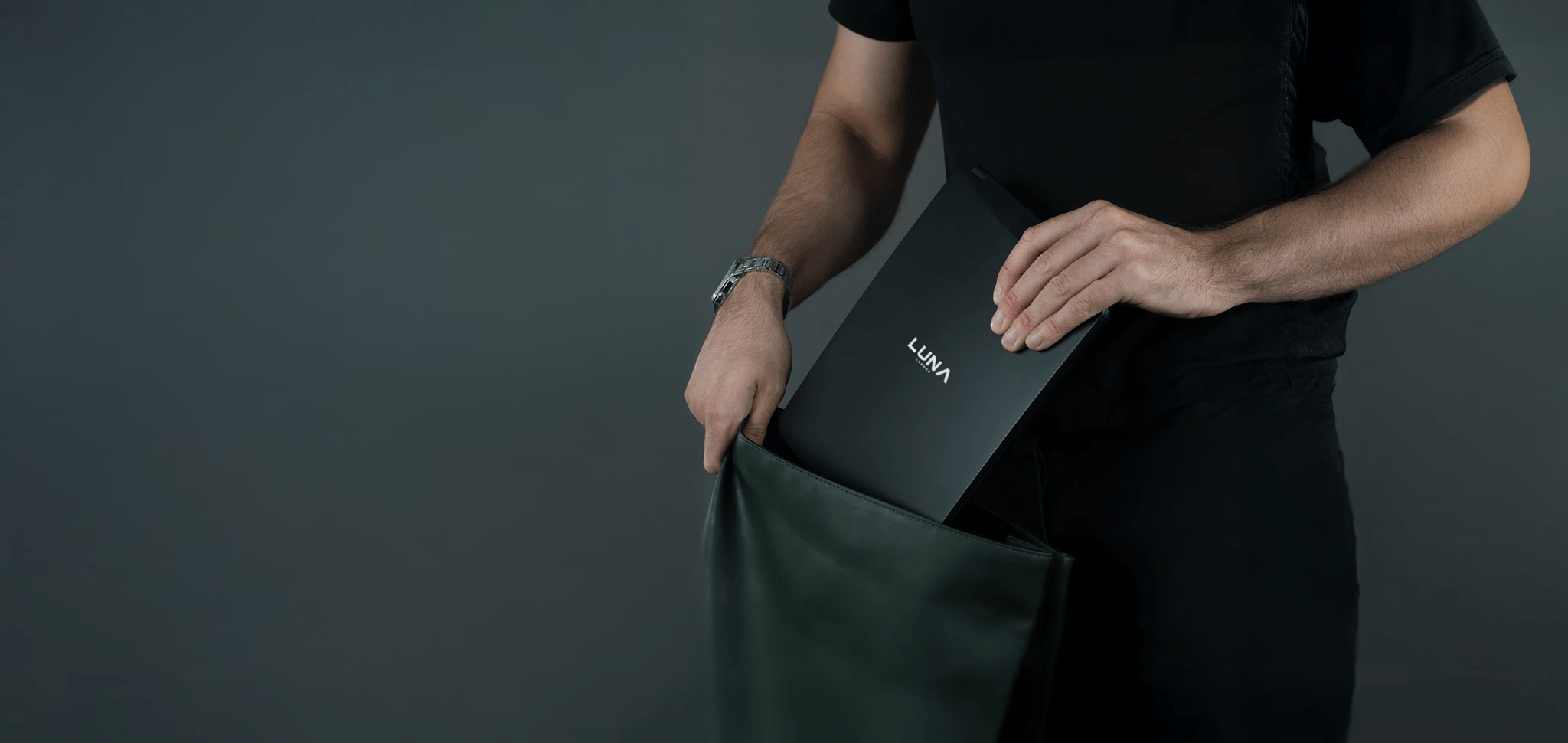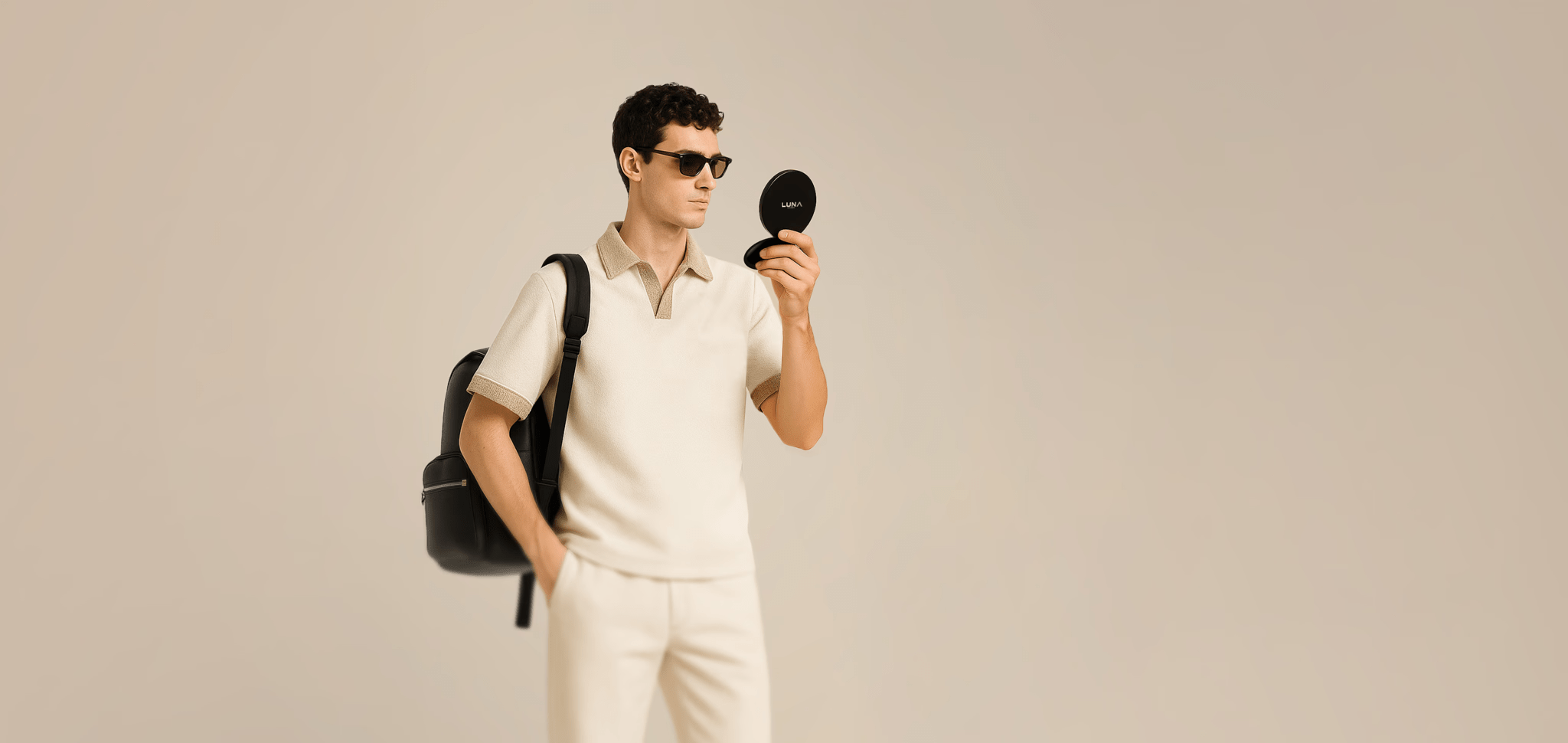Reset for Autumn: How to Transition Your Skincare from Summer to Winter
As temperatures drop, humidity levels fall and indoor heating rises — all of which can dehydrate your skin faster than you realise. The switch from summer to winter calls for more than just a heavier moisturiser; it’s about rethinking how you cleanse, exfoliate, and even light your skincare routine. Here's how to achieve healthy, luminous skin all winter long.
1. Understand What Your Skin Needs in Autumn
During summer, lightweight gels and exfoliants keep excess oil in check. As autumn approaches, your skin’s oil production slows, making it prone to dryness and flaking. Transitioning to richer textures — and assessing your skin properly under good lighting — ensures you maintain balance.
- Replace foaming cleansers with cream or oil-based formulas.
- Layer hydration with toners, serums, and occlusive moisturisers.
- Limit exfoliation to once or twice weekly to avoid barrier disruption.
Your environment affects how your skin behaves — and so does the lighting you use when applying products. Harsh yellow or dim lighting can make skin appear uneven or duller than it is, leading to unnecessary product layering.
2. Why Lighting Belongs in Your Skincare Routine
When you apply products under poor lighting, you can’t accurately assess texture, tone or dryness. A LED mirror for skincare with daylight simulation gives a clear, consistent view so you can adjust your routine effectively.
| Lighting Type | Colour Temperature (K) | Effect on Skin Perception |
|---|---|---|
| Warm / Yellow | 2700–3500 | Skin appears duller, shadows increase |
| Cool / Blue-White | 4000–4500 | Overemphasises dryness or flaking |
| Daylight Balanced | 5000–5200 | True colour and hydration visibility |
That’s why dermatologists and beauty experts rely on mirrors like ORBIT and ECLIPSE, which use CRI 90+ daylight LEDs to reflect your skin in its truest tone.
3. Swap & Simplify Your Routine
As you transition into autumn, focus on replenishment rather than correction. Overcomplicating your routine can overload your barrier.
| Step | Summer Routine | Autumn / Winter Update |
|---|---|---|
| Cleanser | Gel or foam cleanser | Milky or balm cleanser |
| Toner | Exfoliating or clarifying | Hydrating essence |
| Serum | Vitamin C, Niacinamide | Hyaluronic acid or ceramide blend |
| Moisturiser | Light lotion | Rich cream or oil |
| Sunscreen | SPF 30–50 | SPF 50 still daily — UV damage persists |
4. Hydration Science: Why Skin Gets Drier in Winter
In colder months, transepidermal water loss (TEWL) increases due to reduced humidity and barrier lipids. Central heating further strips surface moisture. To counter this, pair humectants (like hyaluronic acid) with emollients (like squalane or shea butter) and seal with occlusives (like dimethicone or ceramide-based creams).
Hydration isn’t just topical — it’s visual. When assessed under a high-CRI mirror, hydrated skin reflects light evenly, while dehydrated skin scatters it, appearing dull or uneven. A COMPACT 2.0 mirror helps track these subtle changes daily.
5. Lighting & Seasonal Skin Conditions
Winter can exaggerate concerns like rosacea, eczema, and hyperpigmentation. Lighting that accurately reproduces skin tone helps monitor flare-ups and avoid misjudging redness or dryness.
“Skincare isn’t only about what you apply, but how you see your skin. High-fidelity lighting allows you to treat, not guess.”
— Dr. Amelia Hughes, Consultant Dermatologist, London Skin Institute
6. The Power of Routine Light Exposure
Morning exposure to neutral, daylight-balanced light helps regulate circadian rhythms and improves mood — especially in darker months. Using your mirror’s daylight mode each morning mimics sunrise patterns, helping you feel more awake while protecting skin accuracy under real conditions.
7. Best Tools for the Season
LUNA’s LED mirrors aren’t just beauty accessories — they’re diagnostic tools for skin health. Here’s how each fits into your autumn reset:
| Mirror | Key Benefit | Best For | Link |
|---|---|---|---|
| ORBIT Phantom Black | Full-spectrum daylight LED ring | Home skincare and makeup application | Shop ORBIT |
| ECLIPSE Matte Black | Fold-flat portability with dual lighting | Bathroom-to-bedroom versatility | Shop ECLIPSE |
| COMPACT 2.0 | Rechargeable travel mirror | Quick checks & moisture visibility | Shop COMPACT 2.0 |
8. Skincare Ingredients That Thrive in Cooler Weather
- Hyaluronic Acid: Draws water into the skin’s surface layers.
- Ceramides: Repair lipid barriers and lock in moisture.
- Squalane: Mimics natural sebum without clogging pores.
- Vitamin E: Antioxidant shield against wind and pollution.
- Panthenol (B5): Calms irritation and prevents tightness.
9. Don’t Forget SPF (Yes, Even Now)
UV rays remain active year-round, even when skies are grey. UVA contributes to photo-ageing, while blue light from screens adds oxidative stress. Apply SPF 30–50 every morning — your mirror’s lighting will reveal subtle signs of uneven tone before they’re visible in daylight.
10. The Emotional Reset
Autumn isn’t just a season of change — it’s an opportunity to pause and reconnect with yourself. Creating a ritual around lighting, skincare and mindfulness each morning or evening can reset not just your skin barrier but your mental one, too.
FAQs
Why does my skin get drier in winter?
Cold weather and indoor heating reduce humidity, causing moisture loss through the skin barrier (TEWL). Hydration and barrier repair products help counter this.
How does lighting help with skincare?
Daylight-balanced lighting (around 5000 K, CRI 90+) ensures true visibility of texture, dryness and tone, helping you adjust your routine accurately.
Should I still wear sunscreen in autumn and winter?
Yes — UVA rays penetrate clouds and windows. Daily SPF use prevents cumulative sun damage and pigmentation.





Leave a comment
This site is protected by hCaptcha and the hCaptcha Privacy Policy and Terms of Service apply.